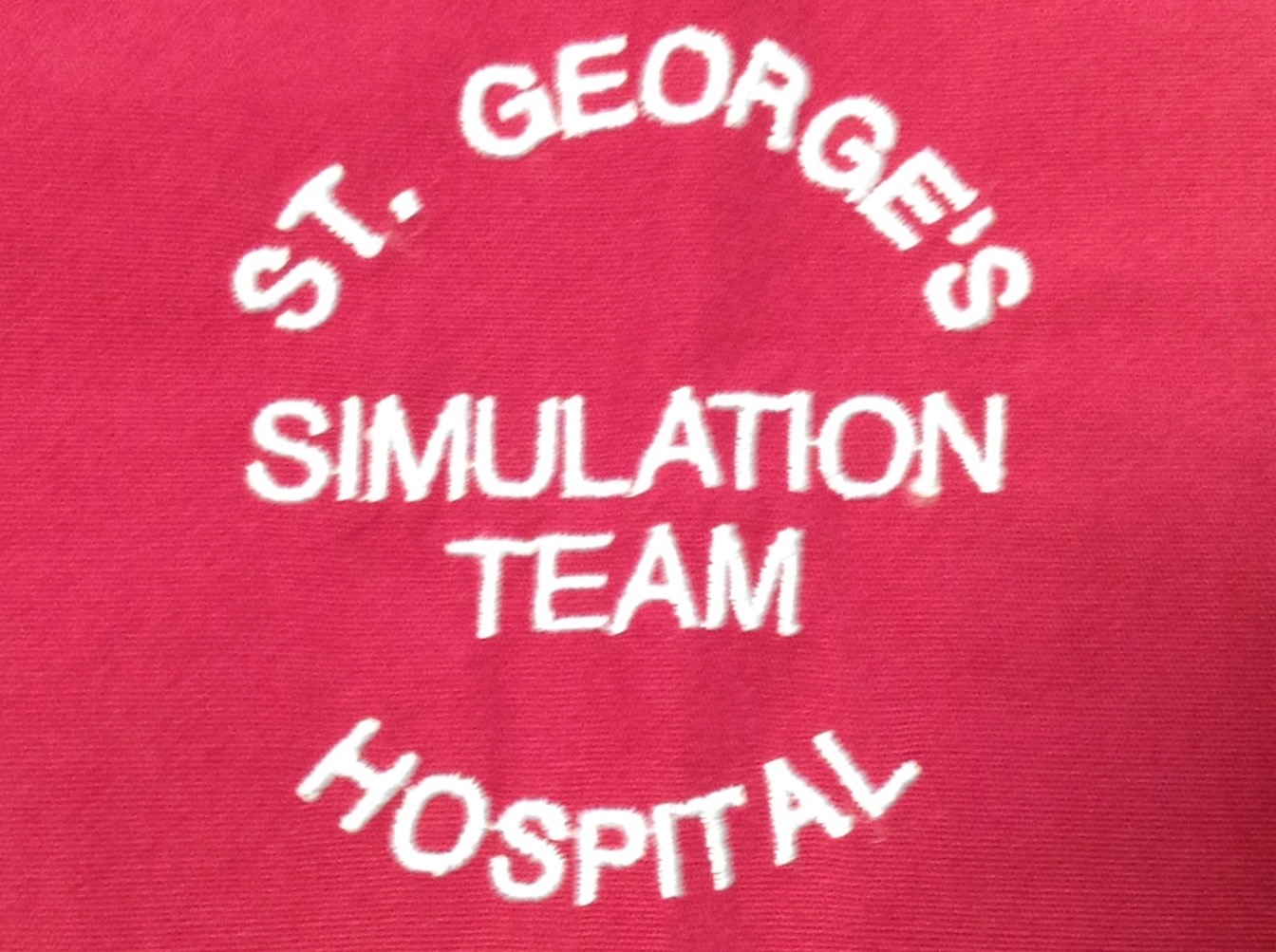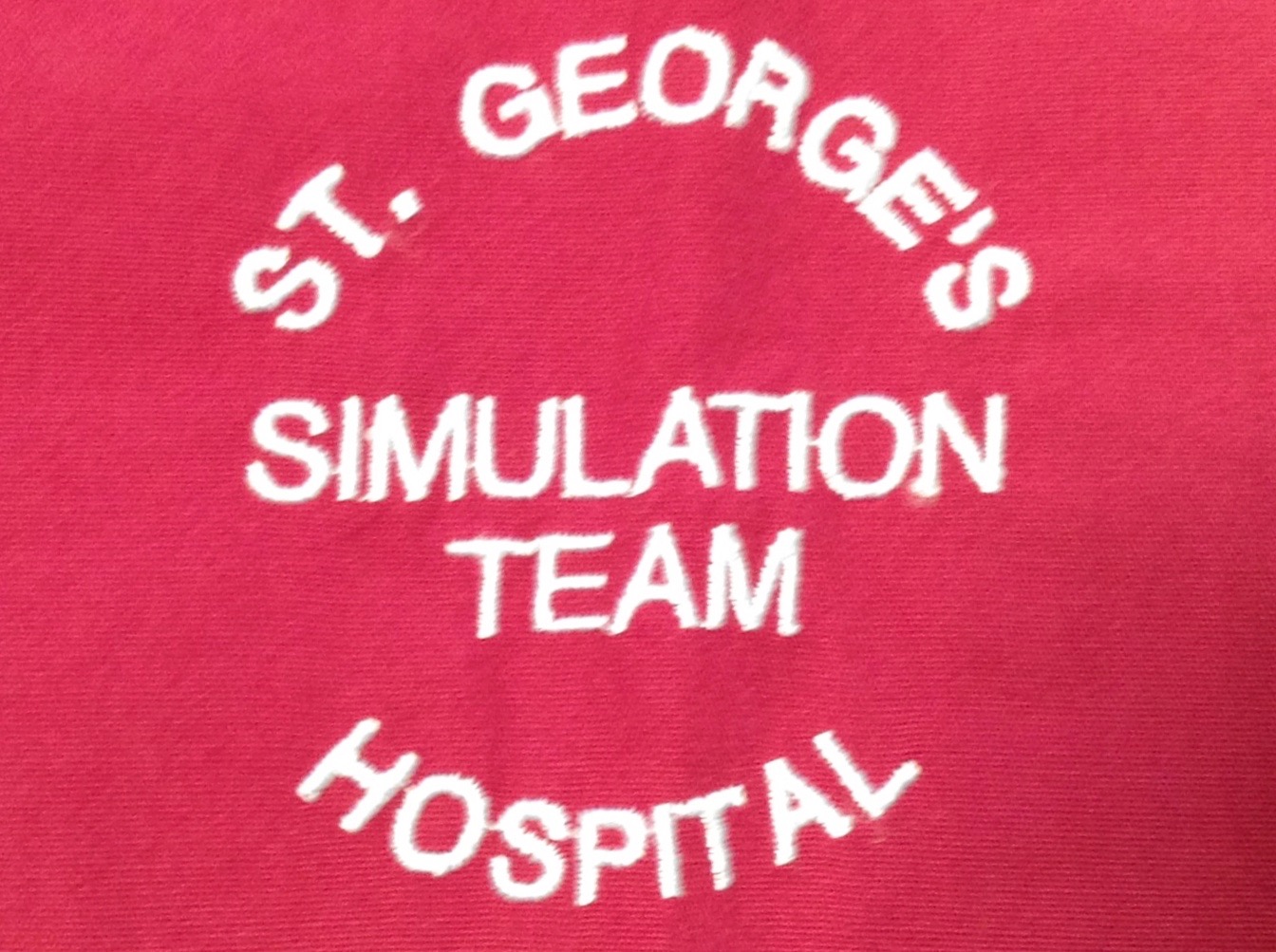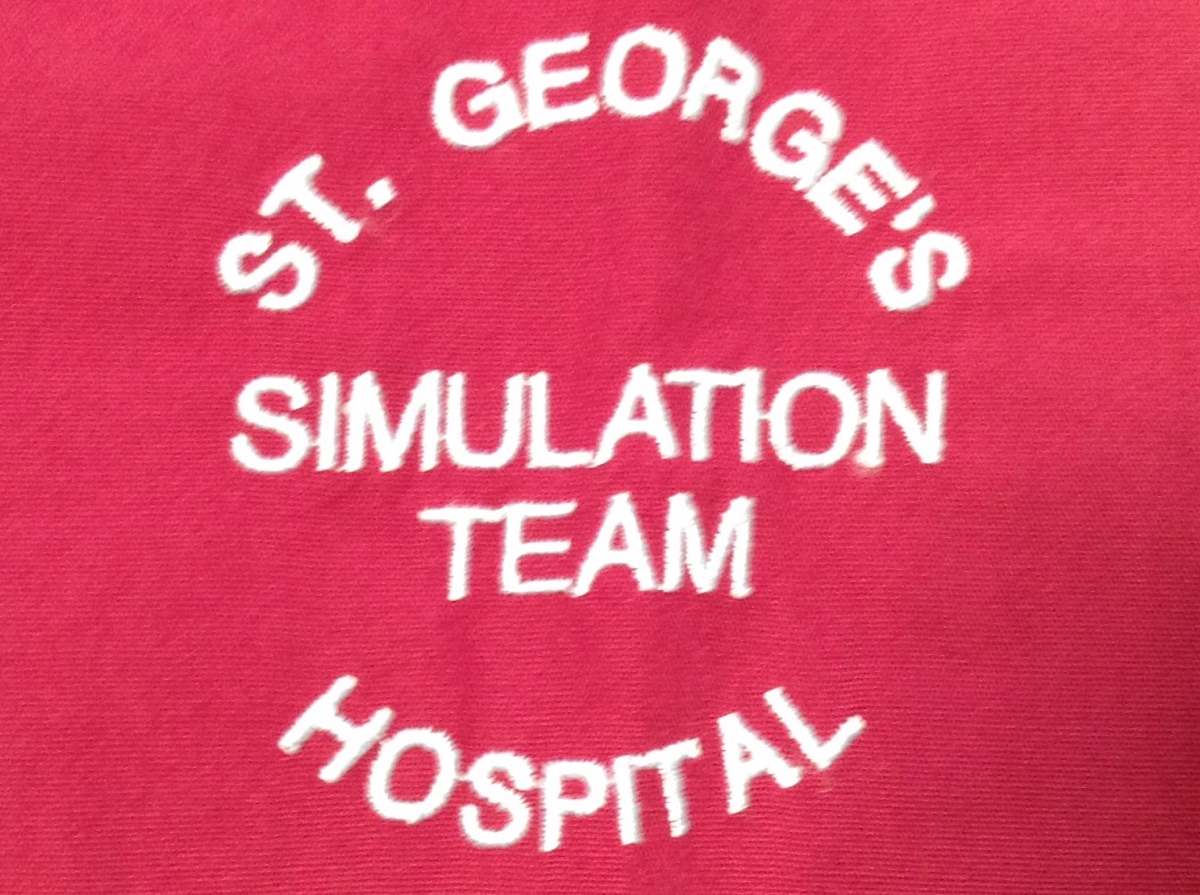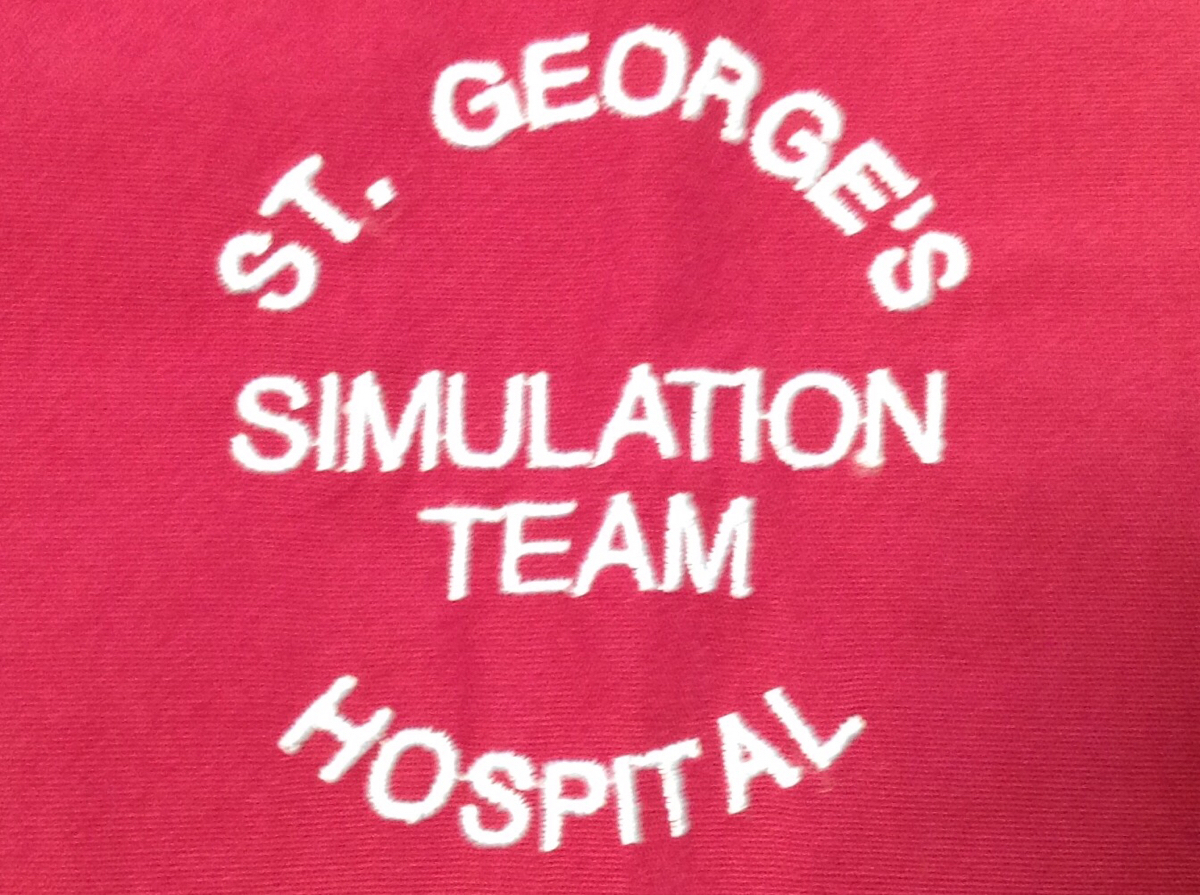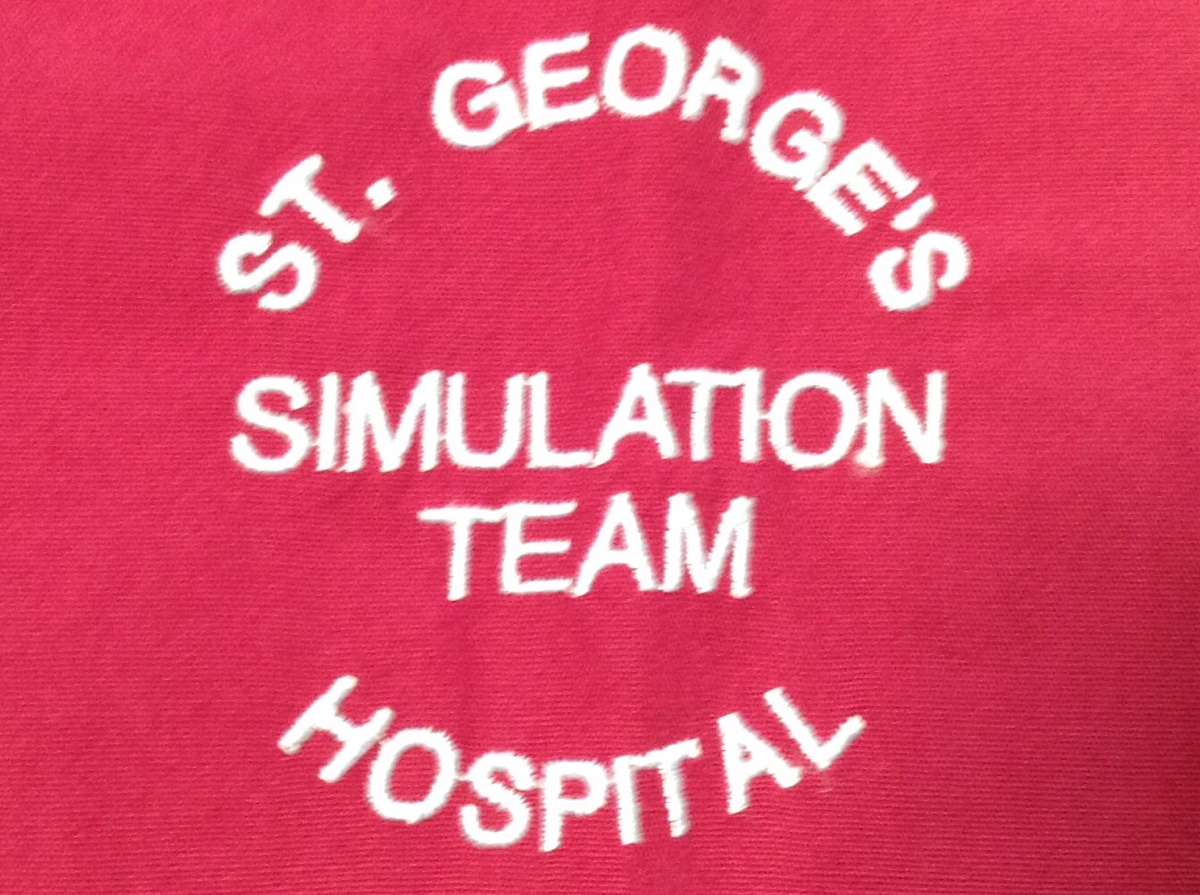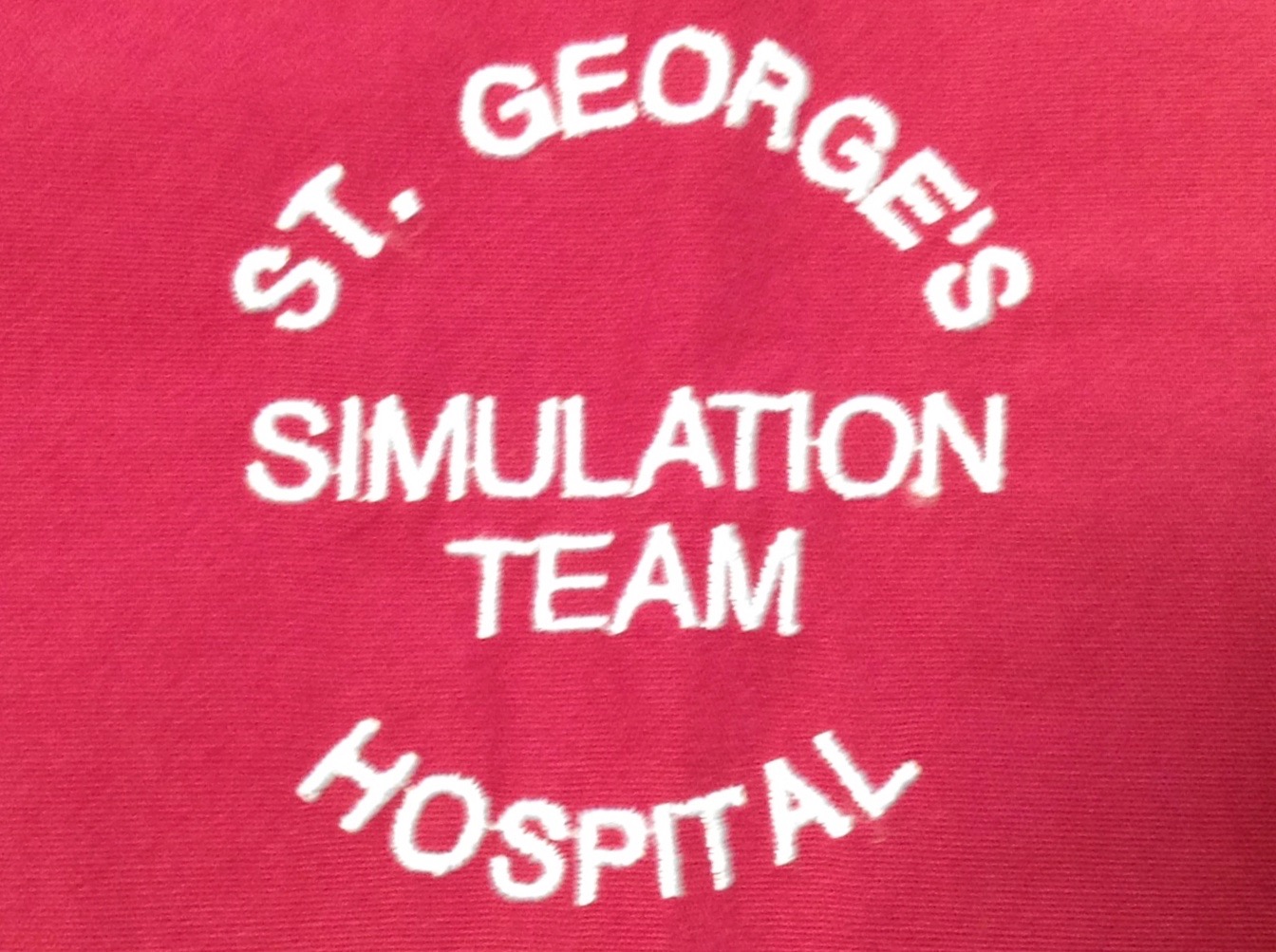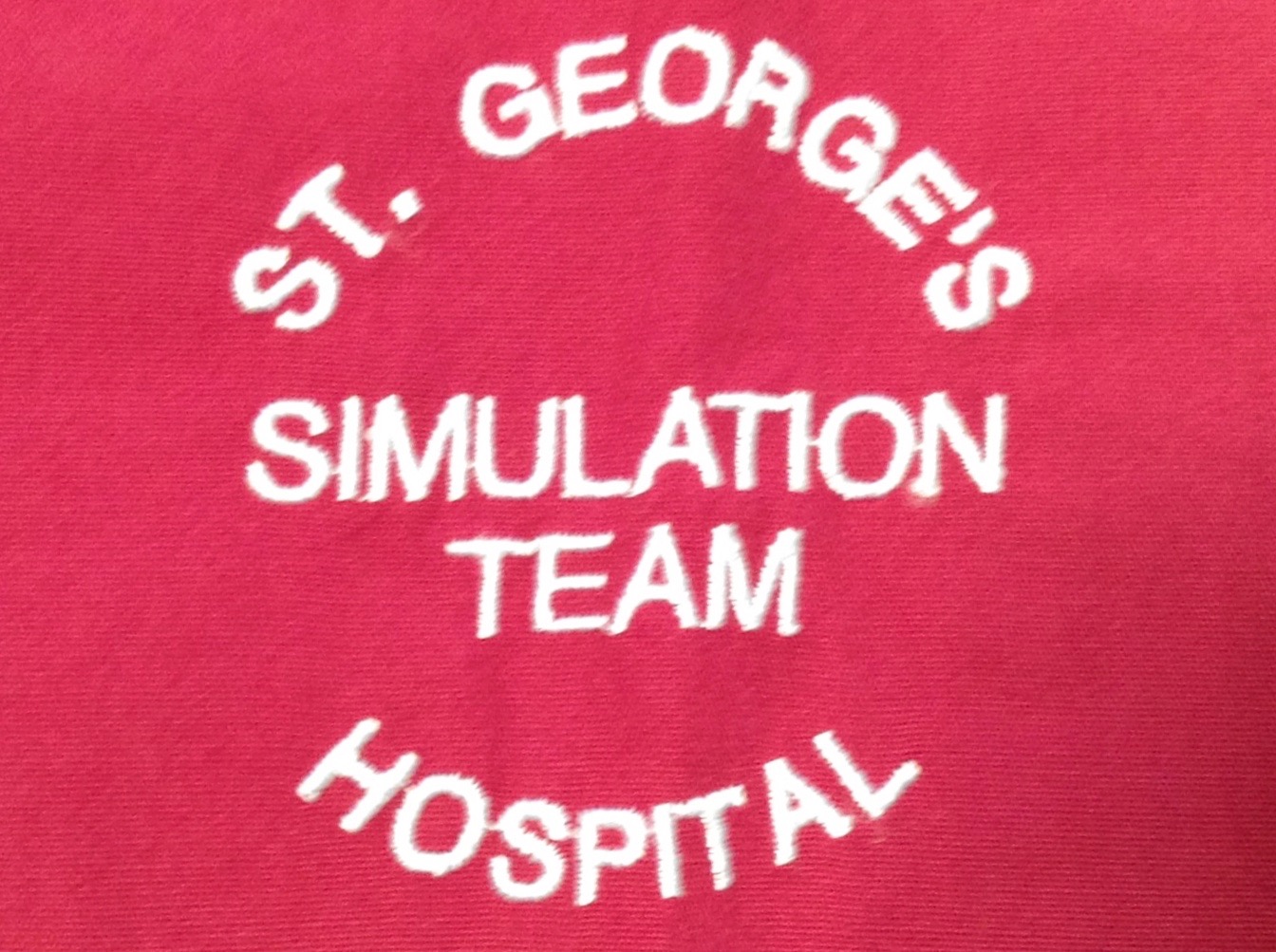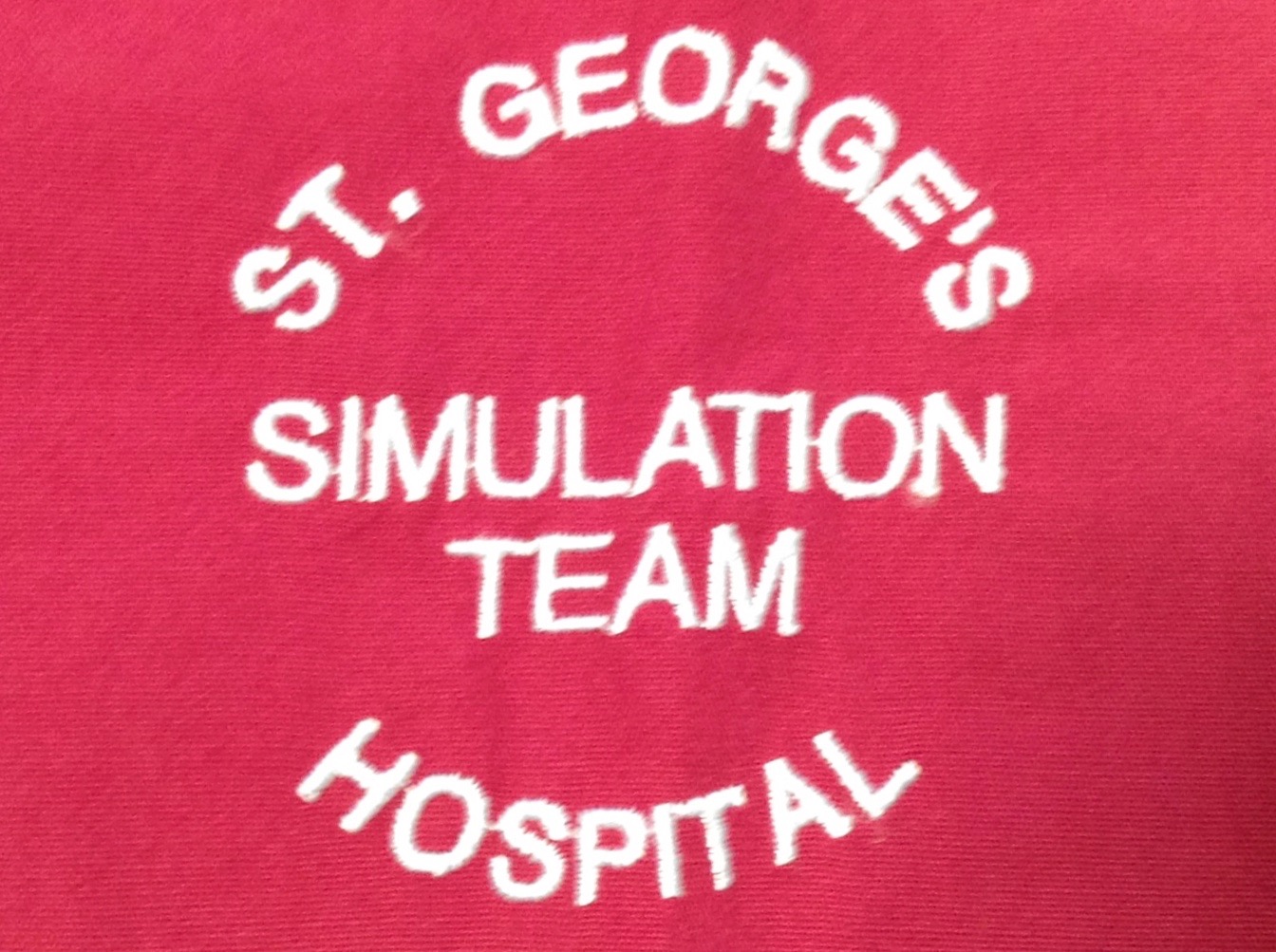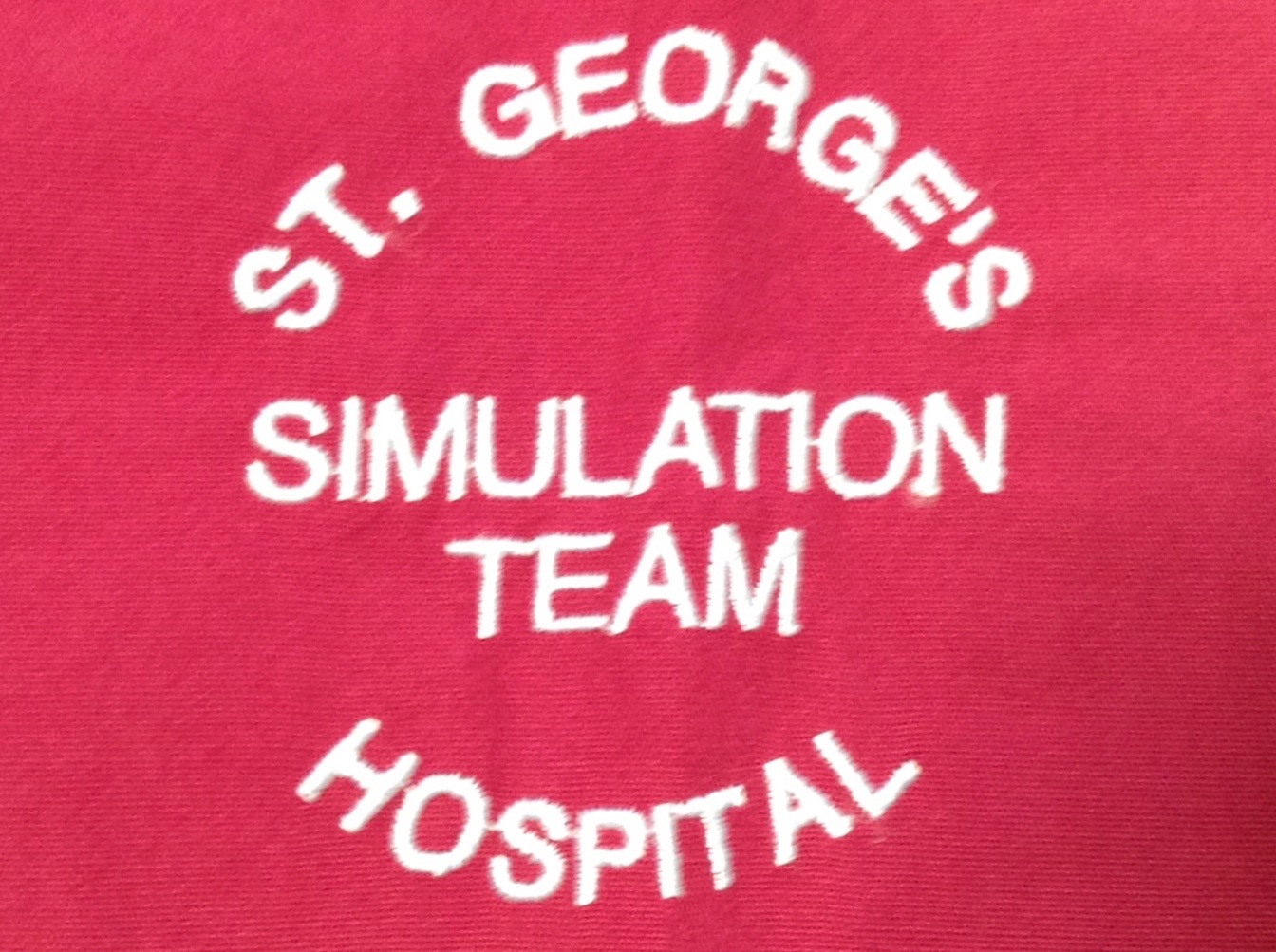Information
-
Document No.
-
Audit Title
-
Client / Site
-
Conducted on
-
Prepared by
-
Location
-
Personnel
Description & Instructions
-
Teamwork & Communication are skills for working in a group context. This observation tool focusses on group behaviors that contribute to safer working together rather than on a specific task. It has 4 sections adapted and modified from the ANTS model (see link): Coordinating activities, Exchanging information, Using authority and assertiveness, Supporting others. The aim is to provide a basis for discussing 'teamwork' and to give feedback to clinical teams.
-
ANTS Handbook.
http://www.abdn.ac.uk/iprc/uploads/files/ANTS%20Handbook%202012.pdf
Instructions
-
Before the Observation dedicate 5-10 minutes to prime the team:
1. Elicit the behaviors from the group which describe good and bad teamwork.
2. Go through each section of the observation tool with the team
3. Encourage the group to identify areas of focus for feedback which they consider important.
Co-ordinating Activities
-
Team members introduce each other and confirm roles and responsibilities
-
Clear leadership and role allocation is established.
-
Handovers are well structured and reiterated when new members join the team
-
All team members are made aware of priorities, key events and updates - e.g. through vocalisation of thoughts, reassessments, relay of information & questioning)
Exchanging Information
-
Case plan and other relevant information is discussed with appropriate team members
-
Team leader(s) consistently shares information with others ( including less experienced team members) and provided justification for actions.
-
Reassessments and requests for reassessment are signposted clearly - e.g. 'Let's reassess now' ; 'Can we reassess?'
-
The team maintains clear case documentation for continuity of care
Supporting Others
-
Leader(s) clarify skills sets of staff before allocating roles.
-
Leader(s) provide support and encouragement to others and make sure everyone is comfortable with their tasks
-
Leader(s) makes sure people are not overloaded with tasks
-
Team members anticipate when others will need information or equipment - e.g. Shall I prepare another 500 mls of fluids?
Using Authority and Assertiveness
-
Leader makes requirements known with necessary level of assertiveness.
-
Leader encourages team to ask questions, or speak up, if they need to, and heeds concerns.
-
Team members take over task leadership as required
-
Leader encourages team members to cross-check instructions and completion of tasks - e.g. using close loop communication.
Overall Team Rating
-
How do you rate the contributions of the whole team to effective communication and teamwork today?
-
If this were YOUR clinical team how satisfied would you feel?
-
Add a Comment
Sign Off
Rating Of Observation Tool
-
Observer(s) Signature(s)
